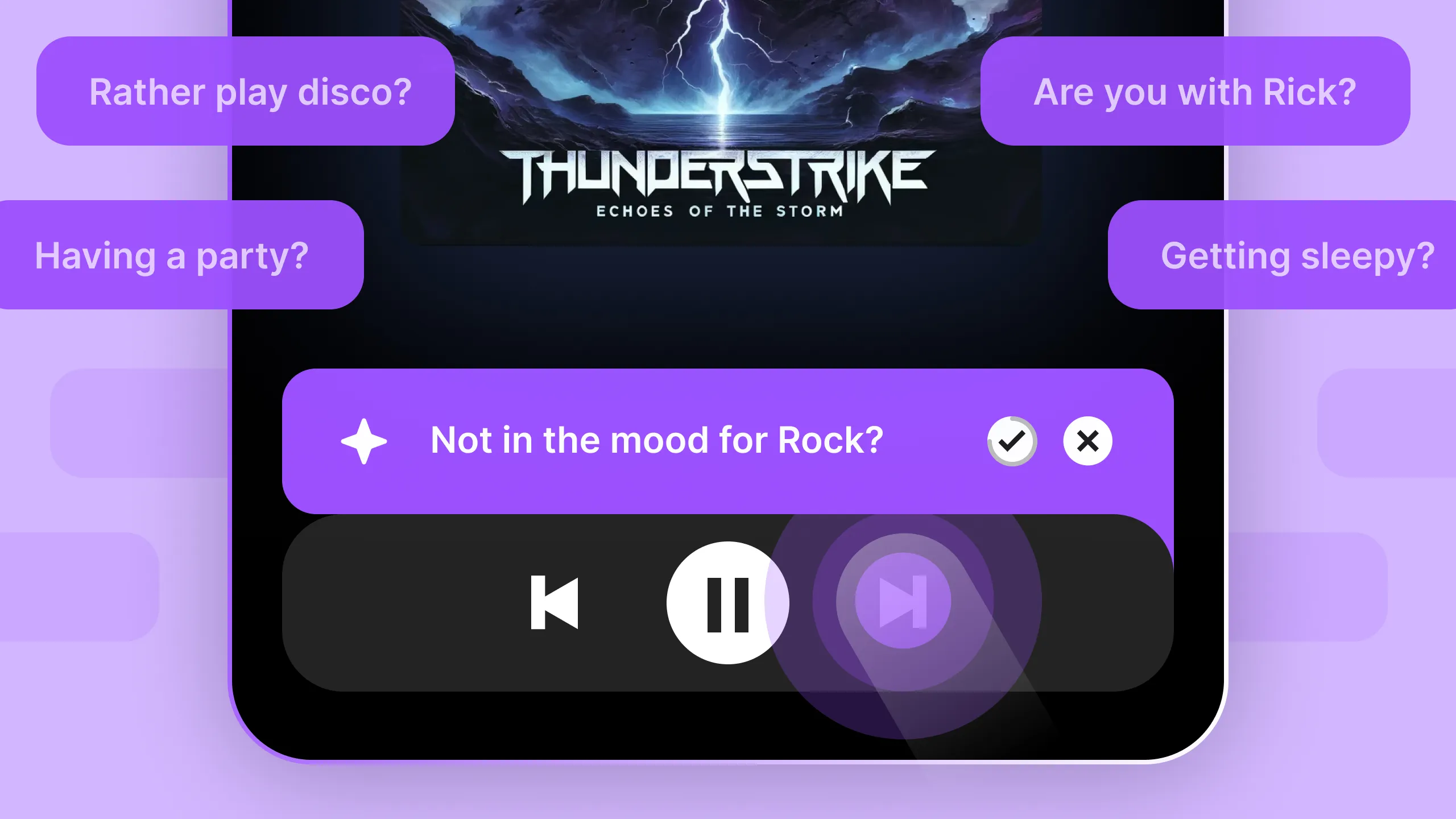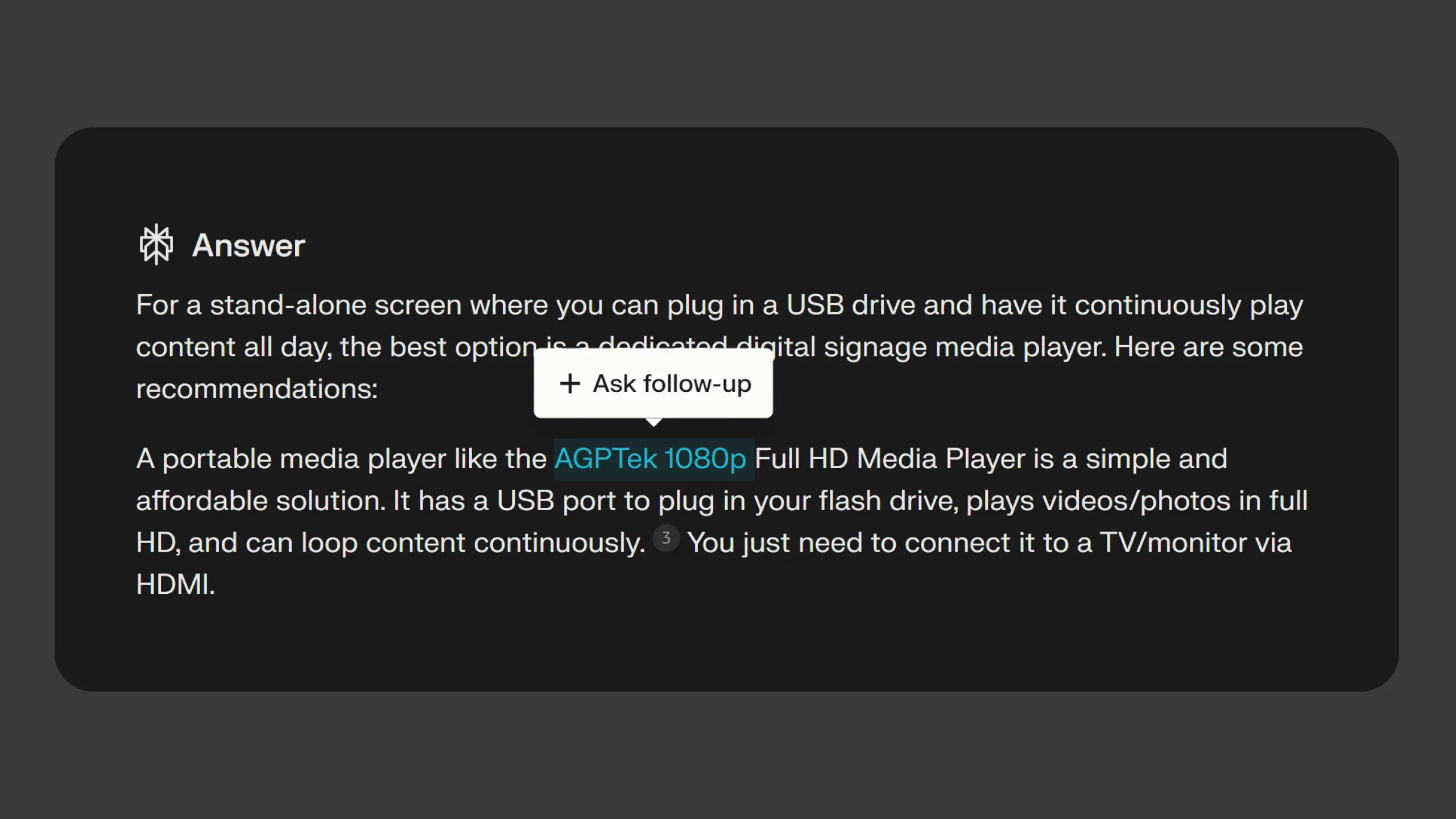Proactive agents
Proactive agents can autonomously initiate conversations and actions based on previous interactions and context providing timely and relevant assistance.


When using proactive agents, I want them to initiate conversations and actions based on my previous interactions and context, so I can get help without even knowing I need it.


- Proactive Support for Unrecognized Needs: Proactive agents are particularly beneficial for people who may not realize they need help, ensuring support is provided when needed.
- Smooth and Intuitive Experience: The timely and relevant assistance from proactive agents leads to a smoother, more intuitive experience.

More of the Witlist

AI excels at classifying vast amounts of content, presenting an opportunity for new, more fluid filter interfaces tailored to the content.

A smart browser assistant that understands the context of your open tabs to offer relevant suggestions and actions, enhancing productivity through transparency and control.

Empower users to make decisions and give feedback quickly or engage more deeply when needed in natural language.

When an observation is added to the context from an implicit action and a prediction is made, users should be able to easily evaluate and dismiss it.

Letting people select text to ask follow-up questions provides immediate, context-specific information, enhancing AI interaction and exploration.

Voice interfaces should dynamically adapt to user interruptions, seamlessly incorporating them into the conversation ensuring a fluid and responsive dialogue.